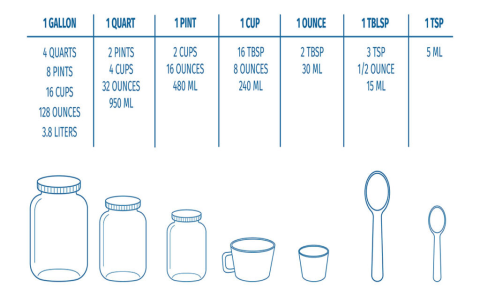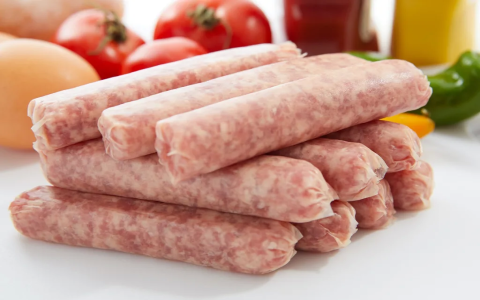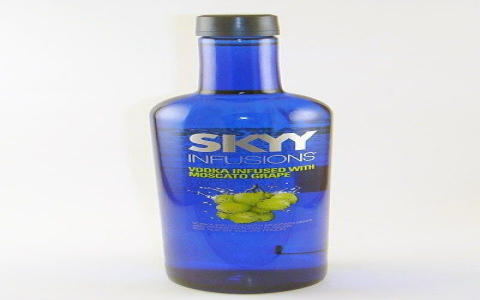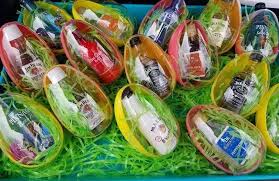When it comes to brewing the perfect cup of coffee, understanding measurements can make a significant difference in flavor and strength. One common quandary among coffee enthusiasts is the conversion between coffee tablespoons and grams. Whether you’re a barista in training or just someone who enjoys a good cup at home, knowing how to measure your coffee accurately can elevate your brewing experience.
To start, it’s important to understand the basic measurement units involved. A tablespoon, typically used in kitchen measurements, can carry a varying amount of coffee depending on the grind size, density, and even the type of coffee bean. In general, a standard tablespoon is considered to hold around 15 milliliters of liquid. However, when it comes to dry ingredients like coffee, this volume is often converted to weight for greater precision.
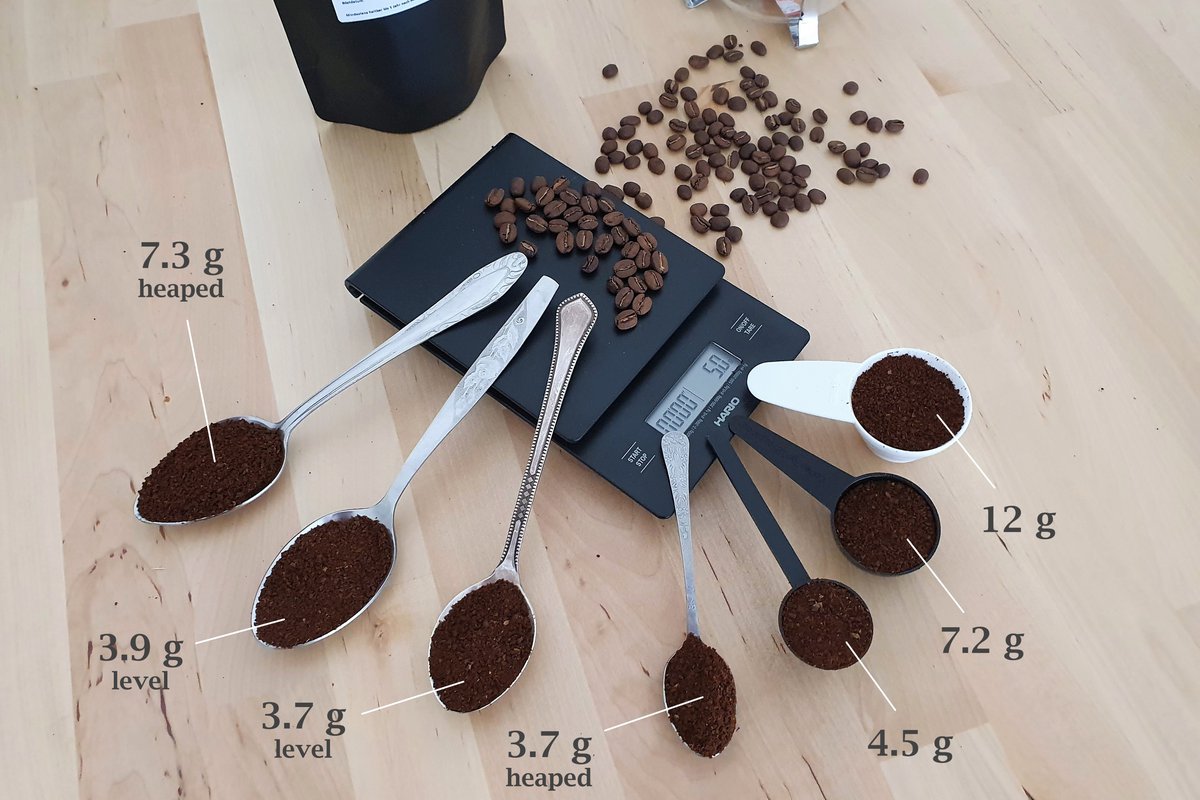
The weight of coffee in grams can vary based on the grind size. For instance, finely ground coffee will pack more densely into the tablespoon than coarsely ground coffee, meaning that your measurements will differ. A typical conversion used by many coffee aficionados is that one tablespoon of ground coffee equals approximately 5 to 7 grams. This can be useful in determining how much coffee to use for a desired strength.
When brewing methods are considered, the measurement can become even more critical. For instance, a standard ratio used for drip coffee is about 1:15 of coffee to water. This means for every gram of coffee, you’d typically want about 15 grams of water. If you plan to use two tablespoons of coffee, this translates to approximately 10 to 14 grams, depending on how you pack that tablespoon. Thus, you’d need about 150 to 210 grams of water for that amount of coffee.
Measuring coffee in grams is not just about precision; it’s about consistency. Using a digital scale is often recommended as it allows for more accurate measurements, ensuring that each cup of coffee tastes just as good as the last. A good digital scale can help track minute differences, particularly in specialty coffee brewing.
To make the conversion process seamless, it may help to keep a few key factors in mind:
-
Grind Size: As mentioned, the grind size affects how much coffee fits into a tablespoon. Finer grounds compress more densely than coarse grounds.
-
Type of Coffee: Different types of beans can have different weights. Dark roasted coffee is generally denser than light roasted beans due to losing moisture during the roasting process.
-
Sharpening Your Skills: Gaining experience in brewing will naturally help you to "eyeball" measurements more accurately over time. As you experiment with various methods and beans, you’ll find your ideal ratio.
Once you’ve settled on your preferred measurements, it’s also worth noting that personal taste plays a crucial role. Some prefer stronger coffee with a higher coffee-to-water ratio, while others might opt for a lighter brew. Experimentation is key. This might include adjusting the amount of coffee used or even the brewing time to see how those changes affect flavor.
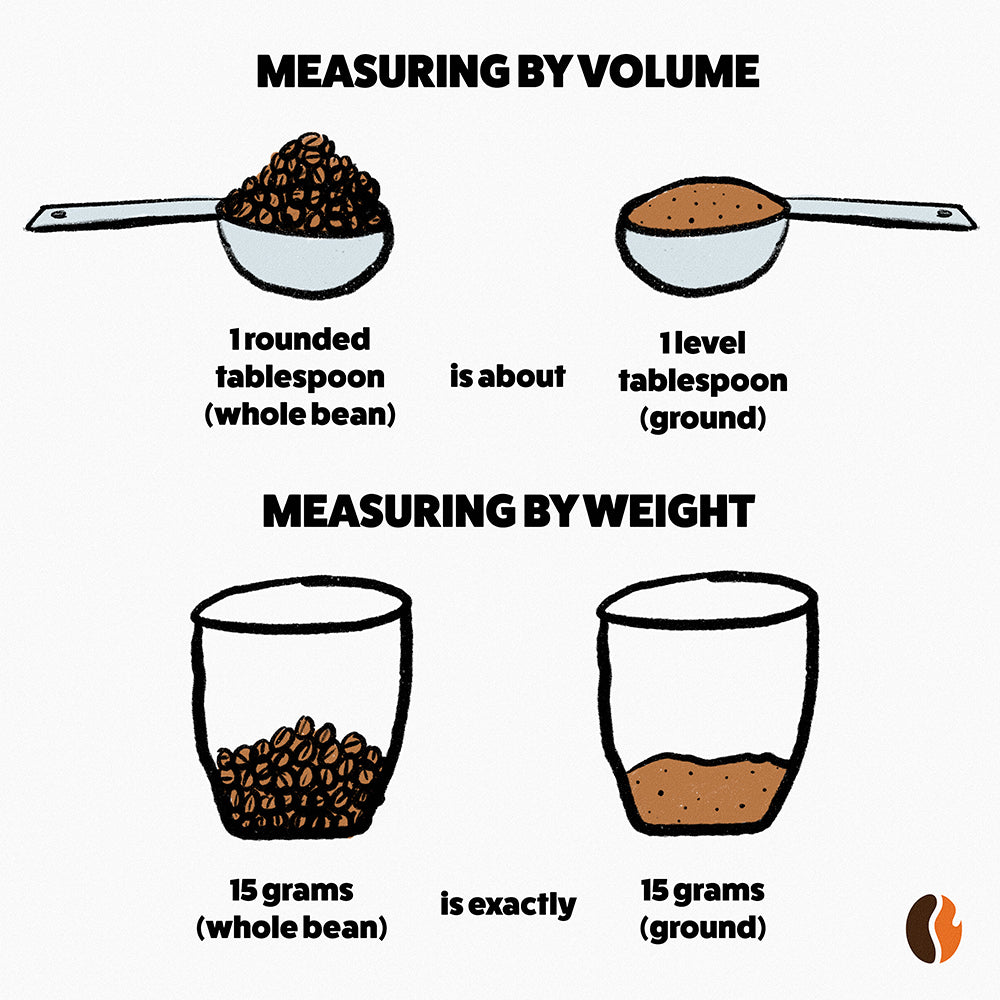
Different brewing methods can also require unique approaches. A French press, for example, often calls for a different ratio compared to pour-over or espresso. Following the recommended guidelines for your preferred method could lead you to a better-tasting cup.
For individuals who love convenience, there’s also the option of using pre-packaged coffee pods or single-serve machines. While these eliminate the need for measurements and conversions, many coffee aficionados argue that nothing beats the freshness and customization of brewing from ground coffee.
As with any culinary endeavor, the journey of mastering coffee brewing is ongoing. Measuring accurately not only respects the ingredient but also enhances the enjoyment of the brewing process itself. Whether you prefer the ease of tablespoons, or the precision of grams, the ultimate goal remains the same: to create a delightful experience in every cup. By understanding the simple yet impactful conversions between coffee tablespoons and grams, you can craft a perfect brew that tantalizes your taste buds and invigorates your day.
